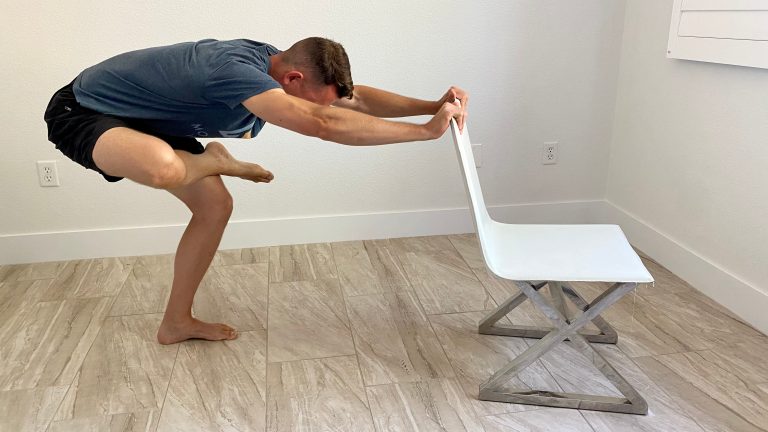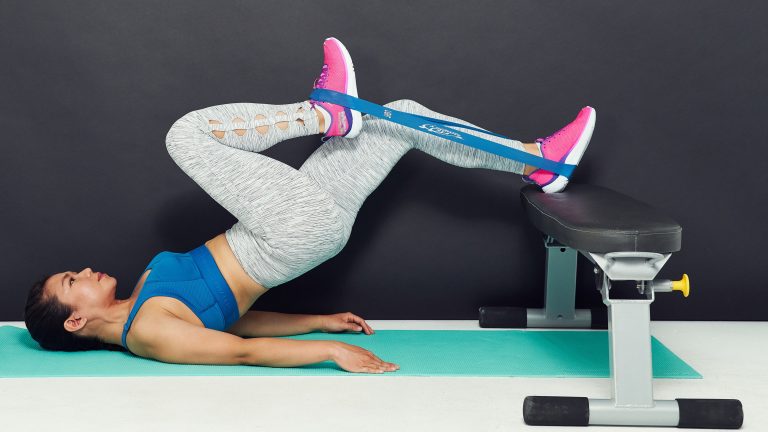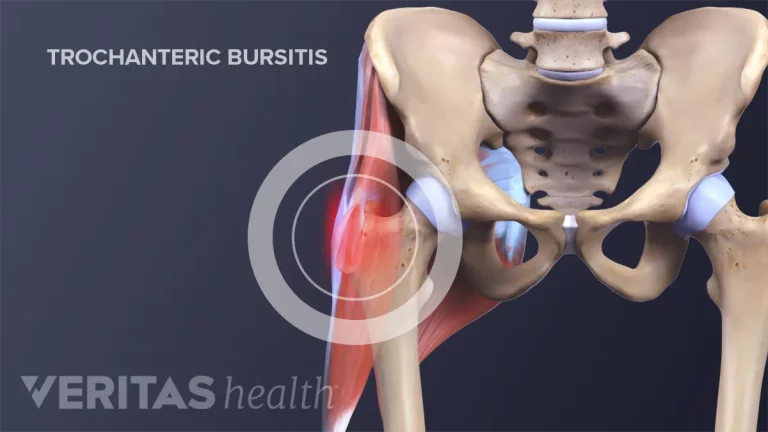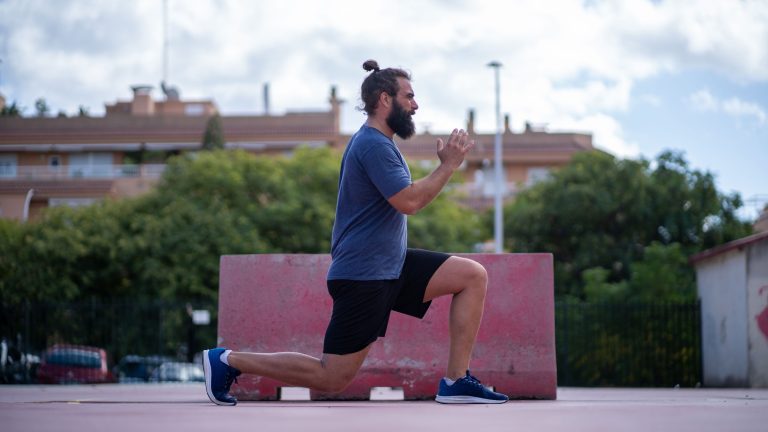Hip Resistance Bands Workout: Strengthen, Tone, and Prevent Injuries
Are you tired of dealing with nagging pain in your hip flexor muscles? Look no further!
Introducing the incredible world of hip resistance band workouts, designed to revolutionize your fitness routine. These simple yet effective exercises are here to rescue you from discomfort and help you regain strength and flexibility.
Say goodbye to stress and hello to a stronger, more resilient you. With targeted movements and consistent training, you can finally restore and strengthen those hip flexors to their fullest potential.
Brace yourself for a thrilling journey towards a pain-free, healthier you. Let’s dive in and discover the power of hip resistance band workouts!
hip resistance bands workout
A hip resistance bands workout is a type of exercise regimen that specifically targets the hip flexor muscles, which include the iliacus, iliopsoas, and rectus femoris. This workout is important because tight or weak hip flexors can result in lower back pain, knee pain, and hip pain.
By using resistance bands, individuals can improve hip mobility, flexibility, strength, and stability. Additionally, resistance band exercises can also enhance posture and reduce stress on the body.
Some recommended exercises for this workout include standing hip flexion, isometric hip press, and “Having Babies.” It is advised to start with modified exercises without bands and gradually progress to using bands as hip strength improves. Prior to performing the exercises, warm-ups and stretches are essential.
Specific exercises that incorporate resistance bands include side-lying abductions, monster walks, gator bites, glute back presses, half jacks, single-leg glute med kicks, and river dancer. Weak hip flexors are often a result of a sedentary lifestyle and prolonged sitting.
While walking is beneficial, it alone is insufficient to strengthen the hip flexors. Consistently following a hip resistance bands workout for 3-6 weeks can lead to noticeable improvement in hip strength and overall well-being.
This type of exercise routine can ultimately promote a more active lifestyle.
Key Points:
- A hip resistance bands workout targets the hip flexor muscles, preventing pain and discomfort.
- Resistance bands improve hip mobility, flexibility, strength, and stability.
- Recommended exercises for this workout include standing hip flexion, isometric hip press, and “Having Babies.”
- Warm-ups and stretches are essential before performing the exercises.
- Specific exercises with resistance bands include:
- side-lying abductions
- monster walks
- gator bites
- glute back presses
- half jacks
- single-leg glute med kicks
- river dancer
- Consistently following a hip resistance bands workout for 3-6 weeks can lead to noticeable improvement in hip strength and overall well-being.
Sources
https://sportydoctor.com/hip-flexor-exercises-bands/
https://www.youtube.com/watch?v=DwKuYxdTsFs
https://www.arthritis.org/health-wellness/healthy-living/physical-activity/getting-started/your-exercise-solution/lower-body-movements/hips-and-buttocks-movements
https://sportydoctor.com/hip-exercises/
Check this out:
💡 Pro Tips:
1. Incorporate banded hip flexor stretches into your warm-up routine to improve flexibility before starting your workout.
2. Experiment with different resistance band strengths to find the level that challenges your hip flexor muscles without causing strain or discomfort.
3. Try adding banded hip flexor exercises to your daily routine, such as seated leg lifts or standing glute bridges, to maintain strength and prevent hip flexor tightness.
4. Mix up your banded hip exercises by including both isolation exercises (targeting specific muscles) and compound exercises (working multiple muscle groups at once) for a well-rounded workout.
5. Don’t forget to cool down after your banded hip resistance band workout by incorporating gentle stretches, like lunges or pigeon pose, to help prevent muscle soreness and aid in recovery.
Hip Flexor Muscles And Common Pain
The hip flexor muscles play a crucial role in the movement of our lower body. They include the iliacus, iliopsoas, and rectus femoris muscles.
These muscles are responsible for flexing the hip joint, which allows us to bring our knees toward the torso. However, when these muscles become tight or weak, it can lead to various issues such as lower back pain, knee pain, and hip pain.
Tight hip flexors often occur due to a sedentary lifestyle and prolonged sitting. When we spend long hours sitting, our hip flexor muscles remain in a shortened position, which can cause them to become tight.
On the other hand, weak hip flexor muscles may result from a lack of exercise or improper conditioning. Weakness in these muscles can lead to poor hip mobility and instability.
The pain associated with tight or weak hip flexors can be debilitating. Lower back pain is a common complaint, as tight hip flexors can pull on the lumbar vertebrae and strain the lower back muscles.
Knee pain may also arise due to the improper alignment caused by poor hip mobility. Additionally, hip pain can occur as a result of imbalanced hip flexor muscles.
Benefits Of Resistance Bands For Hip Mobility
Resistance bands have gained popularity as an effective tool for improving hip mobility, flexibility, strength, and stability. These bands, typically made of elastic materials, provide resistance during exercises, which helps to activate and strengthen the hip flexor muscles.
One major advantage of using resistance bands is their ability to target specific muscle groups. With hip resistance band workouts, you can isolate and focus on strengthening the hip flexor muscles.
This targeted approach allows for better muscle activation and improved mobility.
Incorporating resistance bands into your hip flexor exercises can also have positive effects on your posture. Poor posture is often a result of imbalanced muscle development and weakness in certain areas.
By strengthening the hip flexor muscles with resistance bands, you can improve your overall posture and reduce stress on other parts of the body.
Improving Posture And Reducing Stress With Resistance Bands
The use of resistance bands in hip flexor workouts can have a significant impact on your posture. By targeting the hip flexor muscles, you can improve their strength and stability, which plays a vital role in maintaining proper posture.
Stronger hip flexors contribute to a better alignment of the pelvis, reducing the risk of postural issues and spinal discomfort.
Moreover, resistance bands can help reduce stress on the body. As these bands provide resistance during exercises, they force the muscles to work harder, prompting muscle activation and development.
By strengthening the hip flexor muscles, you can alleviate the burden on other supporting muscles, such as the lower back and knees. This can lead to a more balanced musculoskeletal system, reducing the risk of injuries and chronic pain.
However, it’s important to note that resistance bands alone are not a magic solution for posture problems or stress reduction. Consistency and correct form during workouts, along with a holistic approach to overall health and wellness, are essential for optimal results.
Recommended Exercises For Stronger Hips
To target and strengthen the hip flexor muscles, several exercises are recommended. These exercises can be performed with or without resistance bands, depending on your current strength and mobility level.
Here are a few examples:
-
Standing Hip Flexion: Stand upright and bring one knee up toward your chest, flexing at the hip joint. Repeat on each leg.
-
Isometric Hip Press: Lie on your back with your knees bent and feet flat on the floor. Push your hips up toward the ceiling while keeping your feet firmly planted.
-
“Having Babies” exercise: Lie on your back with your knees bent and feet flat on the floor. Lift your hips off the ground by squeezing your glutes and hamstrings.
These exercises can be modified to accommodate different fitness levels. If you’re a beginner or have weak hip flexor muscles, start with modified exercises that don’t involve resistance bands.
Gradually introduce bands as your hip strength improves.
Progressing From Modified To Banded Exercises
When starting a hip resistance band workout, it’s important to gradually progress from modified exercises to those that incorporate the bands. This progression allows your hip flexor muscles to adjust and adapt to the added resistance.
Begin with simple movements, focusing on proper form and activation of the targeted muscles. As your hip strength improves, you can introduce resistance bands to increase the challenge and further enhance muscle activation.
It’s crucial to listen to your body and avoid pushing yourself too hard, especially if you’re new to resistance band training. Progression should be gradual, with emphasis on maintaining proper technique and avoiding any pain or discomfort.
Importance Of Warm-Ups And Stretches
Before engaging in any hip resistance band exercises, it’s essential to warm up your muscles and perform stretches to prepare your body for the workout.
Start with a few minutes of light cardiovascular activity, such as brisk walking or cycling, to increase blood flow and raise your body temperature. This helps to loosen up the muscles and prevent injuries.
After the warm-up, perform specific stretches that target the hip flexor muscles. Lunges and kneeling hip flexor stretches are excellent choices to elongate and release tension in these muscles.
Taking the time to properly warm up and stretch before your hip resistance band workout can improve your flexibility, prevent muscle strains, and enhance your overall performance.
In conclusion, incorporating hip resistance bands into your workout routine can help strengthen, tone, and prevent injuries in the hip flexor muscles. These bands improve hip mobility, flexibility, strength, and stability.
By targeting the hip flexor muscles, you can alleviate common pain in the lower back, knees, and hips. Maintaining proper form and gradually progressing from modified to banded exercises are essential.
Remember to warm up and stretch before your workouts to optimize your results and prevent injuries. So why wait?
Start the hip resistance bands workout and experience the benefits for yourself.







